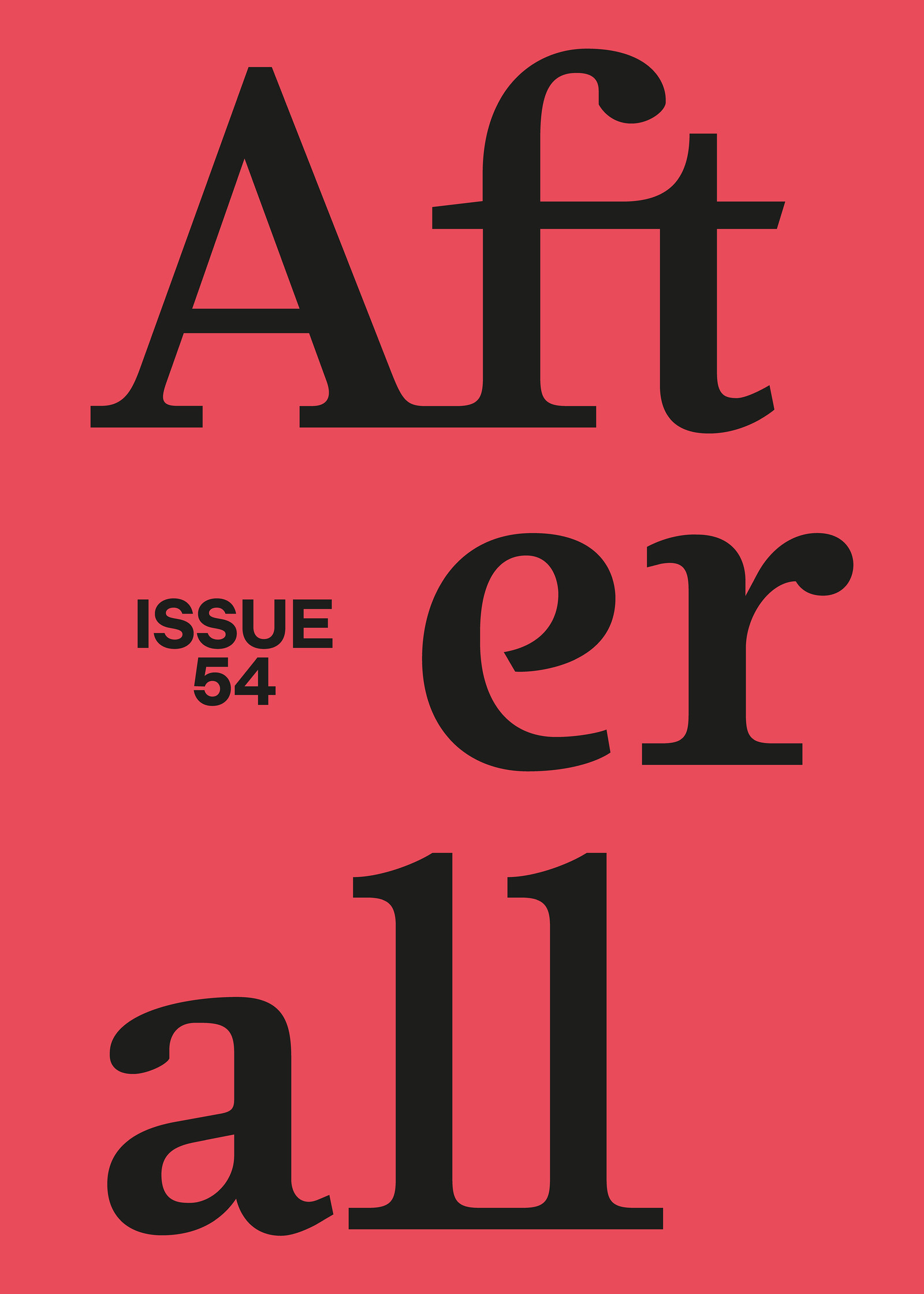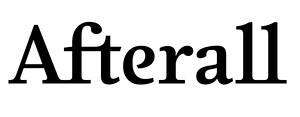Issue 54: Voicings explores modes of being, perception and expression that have been historically and often violently disabled by society. Focusing on art practices that centre the perspective of D/deaf and non-verbal communicators, it proposes reconfigurations of voice, language and sound. It asks readers to tune into a chorus of voicings, not necessarily audible, but perceivable as “atmospheres”, “vibrations”, “rhythms”.
The issue opens with a double feature on artist Imogen Stidworthy. In conversation with Afterall editor Nav Haq, the artist retraces the origins and development of her practice and long-term exploration of “voicing on the borders of language”. Eleni Ikoniadou zooms in on Stidworthy’s work with non-verbal communicators, disclosing the rich grammar of languages made of somatic registers, movements and rhythms. Artist Khairani Barokka writes about the “infrastructure of disbelief” that permeates the contemporary art world – and medical service providers – requiring specific (and often humiliating) voicings of one’s needs in order to receive adequate care and access. In an interview with Bárbara Rodríguez Muñoz, artist Christine Sun Kim describes voice as something relational, loose and uncompromisingly multiple that mediates “access as a generative site” of creative collaboration. Looking at artist Tarek Atoui’s collaboration with students from Al Amal School for the Deaf in Sharjah, Rayya Badran considers how his practice taps into sound’s physical, haptic and material nature – the tactile grammar of sound-as-vibration. In an extract from his book O Circuito dos Afetos, translated for the first time into English, philosopher Vladimir Safatle defines the function of art as a (metaphorical) breaking of bodies that allows new circuits of affects to appear. Two essays explore the work of artist Arthur Bispo do Rosário (1909/11–89) who, after being diagnosed with “paranoid schizophrenia”, was hospitalised for most of his life at the psychiatric institution Colônia Juliano Moreira in Rio de Janeiro. Edward Gomez situates Bispo within the context of work by other outsider artists who have created unique, highly personal art at the margins of society. For Marlon Miguel, Bispo’s many ship-shaped objects function as markers of the transatlantic slave trade and persistent climate of antiblackness in Brazilian society, while his words, embroidered in garments and banners, perform an escrevivência, a writing to survive. Over a year after the Russian invasion of Ukraine, Bart de Baere assesses the responses of the international cultural field to the war and considers the role that art and culture can play in forging paths forward from the present stalemate. Sunil Shah reflects on the historical legacy of Documenta11 (2002), revisited in light of the recent edition of documenta fifteen (2022) and its critical reception. The issue closes with an affectionate tribute in memory of artist and former Afterall Managing Editor Silke Otto-Knapp (1970–2022), penned by Mark Lewis.
On the occasion of the publication of this issue, we have made “Atmospheres Full of Information: A Conversation with Imogen Stidworthy” and Rayya Badran’s essay “‘Like Waves in my Body”: On Tarek Atoui’s Sonic Practice” freely available on our website. The full version of Bart de Baere’s extended article can also be read on the Afterall website.
Afterall journal is published by Central Saint Martins, London, in editorial partnership withM HKA, Antwerp; the John H. Daniels Faculty of Architecture, Landscape and Design, University of Toronto, and in association with the University of Chicago Press.
Afterall is now available as an e-book edition, free to download for subscribers. Subscribe here.


